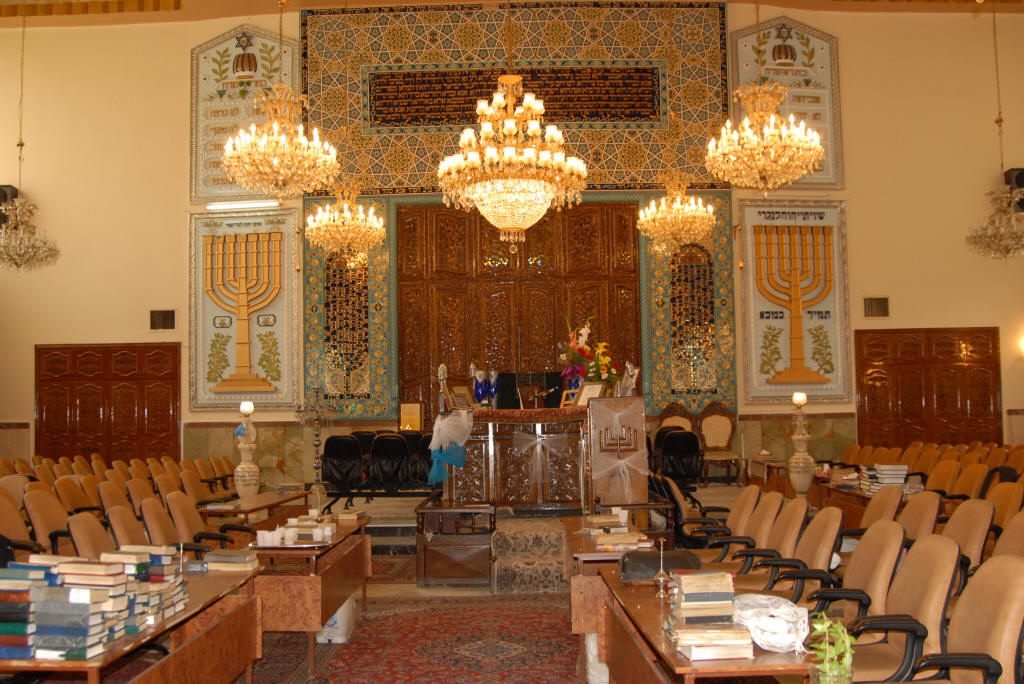|
ŇĀaŇĄcut Synagogue
The ŇĀaŇĄcut Synagogue is a former Jewish congregation and synagogue, located in ŇĀaŇĄcut, in Podkarpackie Voivodeship, Poland. Completed in 1761, it served as a house of prayer until World War II; subsequently used for profane purposes, and as a Jewish museum since 1981. The ŇĀaŇĄcut Synagogue is a rare surviving example of the vaulted synagogues with a ''bimah-tower'', that were built throughout the Polish lands in masonry from the sixteenth through the early nineteenth centuries. History The synagogue was built in 1761, on the site of an earlier wooden synagogue which was destroyed by fire in 1733. Its construction was financed by Prince StanisŇāaw Lubomirski. It was renovated in 1896 and 1910. In September 1939, the building was set on fire by the invading German Army, however, the building was saved from total destruction by Count Alfred Antoni Potocki and converted into a granary. After the war, the synagogue came into the ownership of the local council, and was occasi ... [...More Info...] [...Related Items...] OR: [Wikipedia] [Google] [Baidu] |
Bema
A bema is an elevated platform used as an orator's podium. The term can refer to the raised area in a sanctuary. In Jewish synagogues, where it is used for Torah reading during services, the term used is bima or bimah. Ancient Greece The Ancient Greek ''bńďma'' () means both 'platform' and 'step', being derived from '' bainein'' (, 'to go'). The original use of the bema in Athens was as a tribunal from which orators addressed the citizens as well as the courts of law, for instance, in the Pnyx. In Greek law courts the two parties to a dispute presented their arguments each from separate bemas. By metonymy, bema was also a place of judgement, being the extension of the raised seat of the judge, as described in the New Testament, in and , and further, as the seat of the Roman emperor, in , and of God, in , when speaking in judgment. Judaism Etymology The post-Biblical Hebrew ''bima'' (), 'platform' or 'pulpit', is almost certainly derived from the Ancient Greek word fo ... [...More Info...] [...Related Items...] OR: [Wikipedia] [Google] [Baidu] |
Zodiac
The zodiac is a belt-shaped region of the sky that extends approximately 8¬į north and south celestial latitude of the ecliptic ‚Äď the apparent path of the Sun across the celestial sphere over the course of the year. Within this zodiac belt appear the Moon and the brightest planets, along their orbital planes. The zodiac is divided along the ecliptic into 12 equal parts, called " signs", each occupying 30¬į of celestial longitude. These signs roughly correspond to the astronomical constellations with the following modern names: Aries, Taurus, Gemini, Cancer, Leo, Virgo, Libra, Scorpio, Sagittarius, Capricorn, Aquarius, and Pisces. The signs have been used to determine the time of the year by identifying each sign with the days of the year the Sun is in the respective sign. In Western astrology, and formerly astronomy, the time of each sign is associated with different attributes. The zodiacal system and its angular measurement in 360 sexagesimal degree ... [...More Info...] [...Related Items...] OR: [Wikipedia] [Google] [Baidu] |
Synagogues Preserved As Museums
A synagogue, also called a shul or a temple, is a place of worship for Jews and Samaritans. It is a place for prayer (the main sanctuary and sometimes smaller chapels) where Jews attend religious services or special ceremonies such as weddings, bar and bat mitzvahs, choir performances, and children's plays. They often also have rooms for study, social halls, administrative and charitable offices, classrooms for religious and Hebrew studies, and many places to sit and congregate. They often display commemorative, historic, or modern artwork alongside items of Jewish historical significance or history about the synagogue itself. Synagogues are buildings used for Jewish prayer, study, assembly, and reading of the Torah. The Torah (Pentateuch or Five Books of Moses) is traditionally read in its entirety over a period of a year in weekly portions during services, or in some synagogues on a triennial cycle. However, the edifice of a synagogue as such is not essential for h ... [...More Info...] [...Related Items...] OR: [Wikipedia] [Google] [Baidu] |
Synagogues Completed In 1761
A synagogue, also called a shul or a temple, is a place of worship for Jews and Samaritans. It is a place for prayer (the main sanctuary and sometimes smaller chapels) where Jews attend religious services or special ceremonies such as Jewish wedding, weddings, bar and bat mitzvahs, choir performances, and children's plays. They often also have Beth midrash, rooms for study, social halls, administrative and charitable offices, classrooms for religious and Hebrew school, Hebrew studies, and many places to sit and congregate. They often display commemorative, historic, or modern artwork alongside items of Jewish historical significance or history about the synagogue itself. Synagogues are buildings used for Jewish prayer, study, assembly, and reading of the Torah. The Torah (Pentateuch or Five Books of Moses) is traditionally read in its entirety over a period of a year in weekly portions during services, or in some synagogues on a triennial cycle. However, the edifice of a sy ... [...More Info...] [...Related Items...] OR: [Wikipedia] [Google] [Baidu] |


